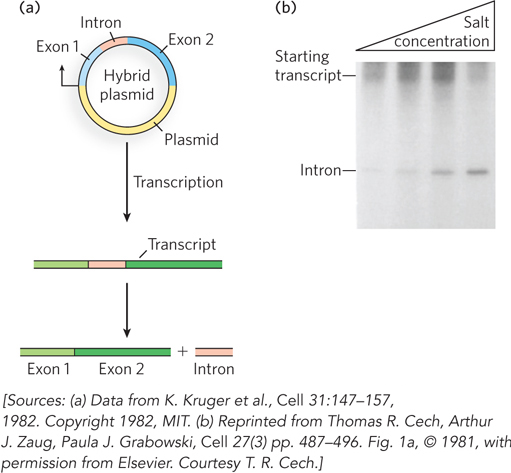
Self- e- e- f-